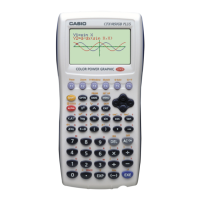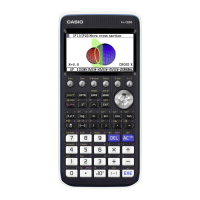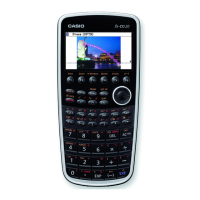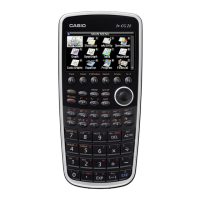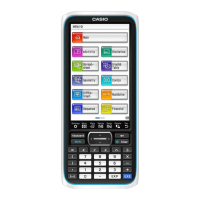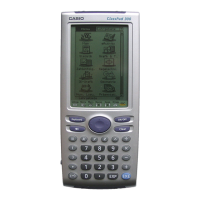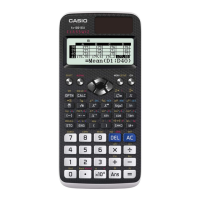52
Chapter 3: Commands and Programming
CONVERSION EQUATION SETUP Examples
{4,1,1,0,0,12,34} 4 = CONVERSION EQUATION SETUP
1 = Conversion equation 1
1 = Polynomial
0 = No display of units
0 = Constant K
o
12 = Constant K1
34 = Constant K2
{4,2,3,2,2,5} 4 = CONVERSION EQUATION SETUP
2 = Conversion equation 2
3 = Power
2 = Units display (°C)
2 = Constant K
o
5 = Constant K1
Command 5 - DATA RANGE SETUP
Command 5 specifies the channel number and whether sampled data or
post-processed data should be transferred to a connected CFX-9850G. It
also specifies the range of sample data to be transferred to a calculator list or
matrix.
Syntax
{5, Channel Select, Data Select, Data Begin, Data End}
Channel Select Parameter
This parameter specifies the channel from which data should be transferred
to the calculator. The initial default for this parameter is 0.
0 Current send channel
1 Channel 1 (CH1 - analog channel)
2 Channel 2 (CH2 - analog channel)
3 Channel 3 (CH3 - analog channel)
4 Channel 4 (SONIC channel)
5 Channel 5 (DIG IN channel)
6 Recorded time data
• Command 3 must also be used to select absolute or relative time data
whenever 6 (recorded time data) is specified for this parameter.
Data Select Parameter
This parameter specifies which data should be returned to the calculator.
The initial default for this parameter is 0.
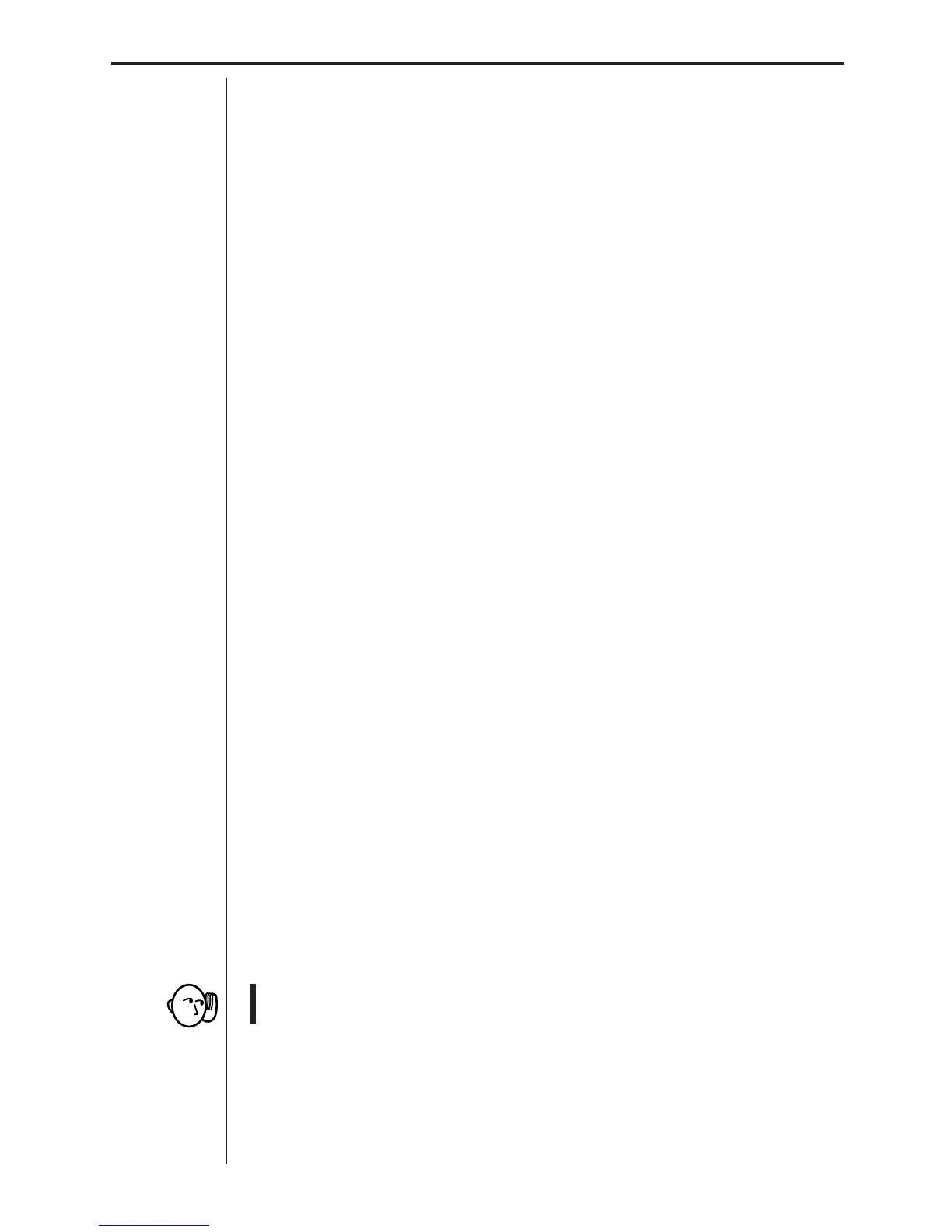